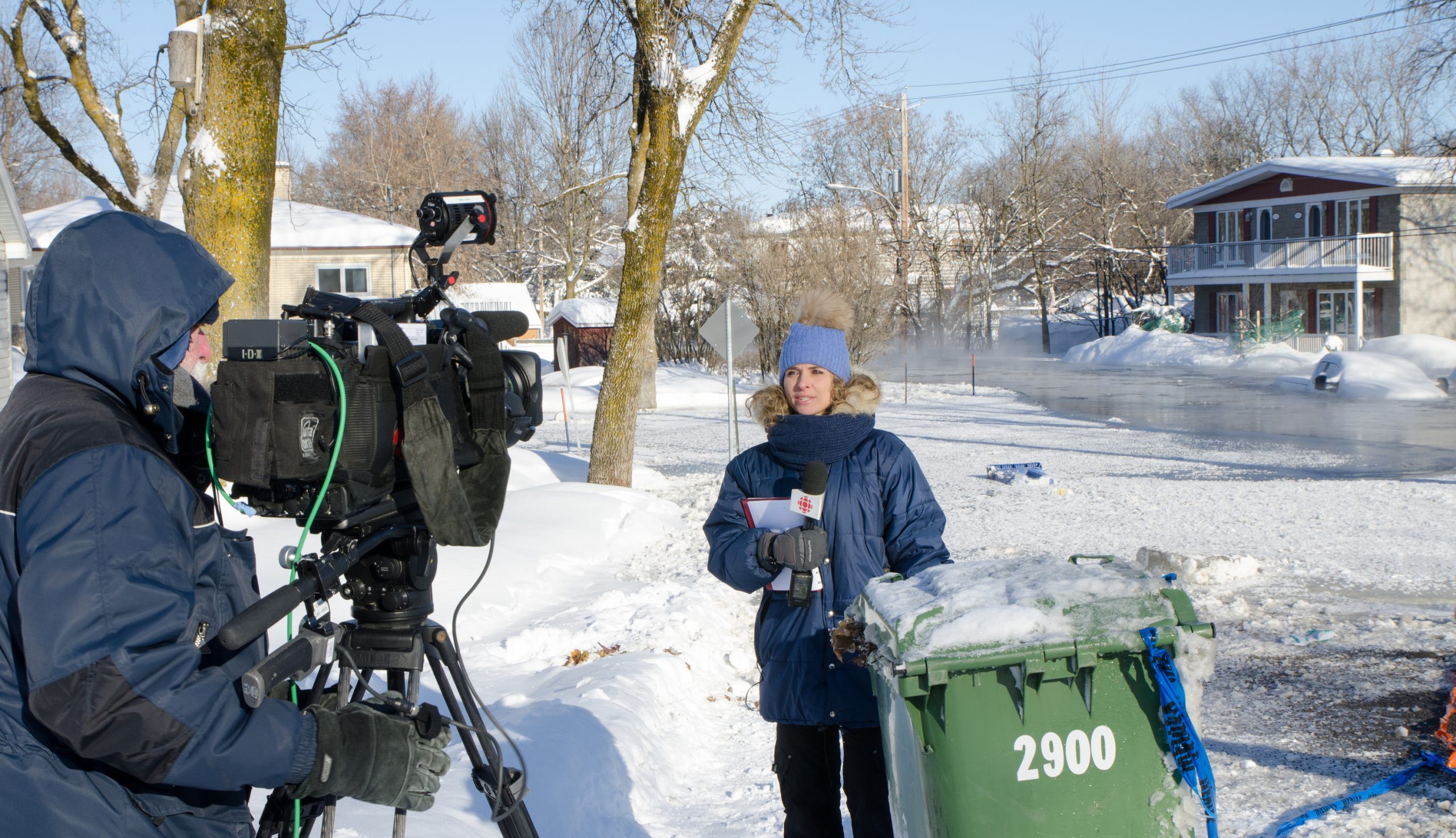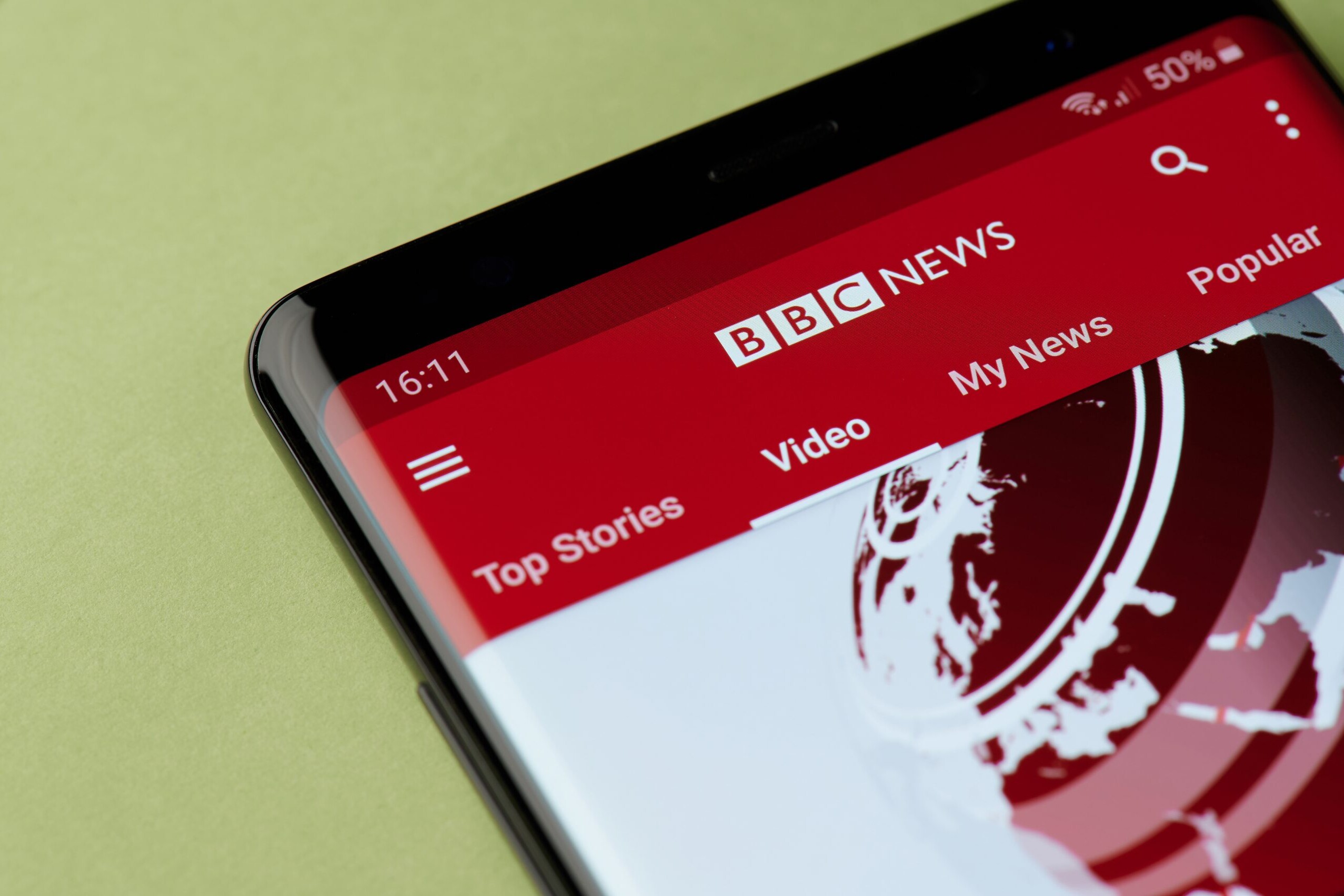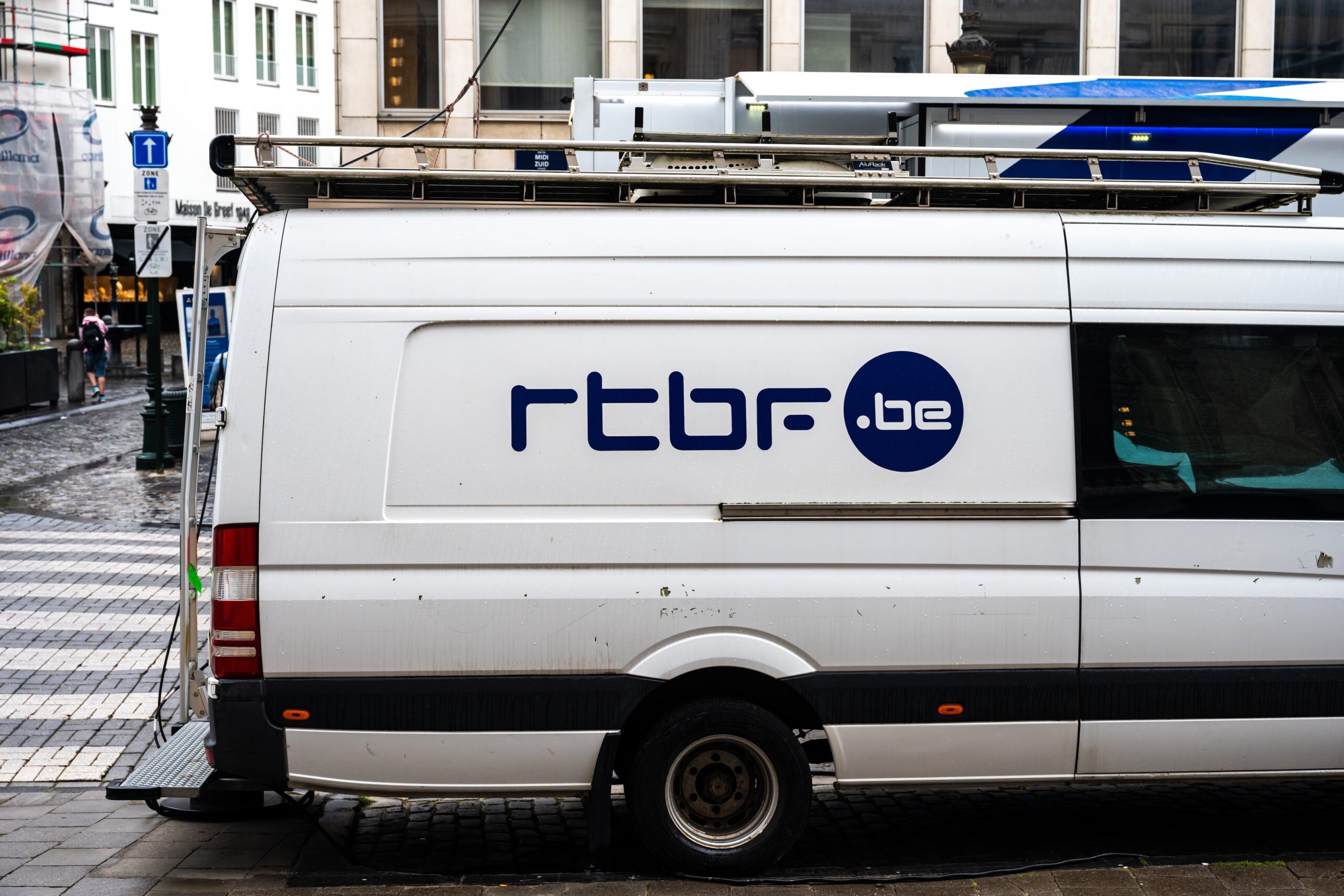ANALYSIS
How public media are covering elections in 2025
10 April 2025
With major federal elections around the corner in Australia and Canada, the countries’ public broadcasters have unveiled their strategies to report on and cover the campaigns.

How to cover elections as a public broadcaster changes campaign to campaign. As consumption habits change, public media take new approaches for content creation and distribution. This is vital in ensuring that they are reaching the public in as many ways as possible, so that voters are informed before heading to the polls.
Yet while the format and style of the content might alter, the need for impartiality and accuracy remains essential.
But what does this exactly mean, in 2025? As Canadians will head to the polls on 28 April and Australians on 3 May, we look at how CBC/Radio-Canada and the Australian public broadcasters ABC and SBS, are looking to provide comprehensive election coverage for their countries’ diverse audiences.
First-time voters?
Reaching first-time voters is a challenge for public media, but a major responsibility. Public media must consider the new platforms and mediums which young audiences use to consume their news, and ensure they are providing a quality offering which is relevant and of interest to the younger generations.
Read more: “More than a tool”: RTVE uses AI tech to cover local elections
To help young voters unpack the intricacies of an election, SBS News has introduced a new six-part political podcast, “Party Time”, specifically designed to help young voters make sense of the election. The episodes feature journalists and experts decrypting and contextualising the main policies and critical debates in Australia and uncover the politicians’ campaign tactics. “It’s important that young voters have access to political content that’s made for them,” said SBS News journalist Rania Yallop who hosts the programme.
ABC meanwhile has relaunched their Politics Explained videos, which look to give all-important background and context, for people who don’t know where to start, in a short package, less than two minutes long. For example, their first episode – available both as video and audio – starts very basic, explaining Australia’s different political parties.
Latest Analysis
CBC/Radio-Canada also launched a spinoff to their weekly politics podcast “The House”, called “House Party”, which every Wednesday seeks to provide “sharp analysis and spirited debate on one big, burning election question”, and promises it is “not (only) for politics nerds.”
But to reach the younger audience, the Canadian public broadcaster said it will also produce content on different platforms, expanding their election coverage on the social media platform TikTok. CBC News uses this account not only to post daily updates of the campaign, but also to create short videos answering questions from the audience and tips related to the elections, or how to recognise influence attempts.
Alongside the general campaign reporting and debates, both the ABC and CBC/Radio-Canada have also created a tool to help audiences decide which political grouping they lean towards. Through the Vote Compass tool, developed by political scientists, people can explore the different arguments of each party and candidates. Such products are particularly valuable for young voters, who may not have asked such questions before, or who don’t know which party best represents their values and opinions.
Giving people a voice
While election times require the media to report more on the political life of the country, in Canada and Australia the public broadcasters’ focus has been to put the audience at the core of their coverage.
In Canada, with “What matters”, CBC/Radio-Canada wants to amplify people’s messages. The project travels around different parts of Canada, and asks Canadians to speak about what is their most pressing concern, their needs and desires for society, and then packages these into a story.
Another way CBC/Radio-Canada has looked to give a voice to Canadians is by providing people with the opportunity to become a “one time journalist” and write their own stories with their own perspectives with the editorial support of CBC News staff. The focus is put on what matters in each region of Canada, bringing local voices and issues up in the coverage of the elections. These new election projects bring the public broadcaster closer to Canadian voters across the country and ultimately ensure people’s concerns can be heard and directly raised with candidates.
In Australia, the ABC also embraced this approach of putting the people’s voices first. With Your Vote Your Say, the ABC has developed an online form, where people can register any perspectives or questions they might have, which can then be discussed on ABC Local Radio. This form of crowd-sourcing interviewees and perspectives ensures ABC can speak to and interact with a range of people.
Both ABC and CBC/Radio-Canada’s efforts to engage directly with audiences across their vast countries is essential, as it also allows them to develop a relationship between public media and public, whereby audiences feel they are being heard and listened to, and that their opinions matter.
Australia’s SBS meanwhile, has the mission to inform people living in Australia about the elections in more than 60 languages, and provide campaign coverage and news to all of Australia’s diverse residents. It’s looking to do this through a bespoke portal. The SBS Election Portal compiles content from its different networks, including SBS News, SBS Audio and the National Indigenous Television (NITV). This strategy highlights the voices and perspective of Australia’s multicultural communities and First Nations.
As NITV General Manager, Jason Oakly, said about the collaboration, “NITV will be playing a crucial role in supporting all Australians to be informed and engage in the national conversation with a uniquely First Nations lens. We will be elevating voices from communities around the nation and sharing a range of Aboriginal and Torres Strait Islander perspectives – delving into the issues that matter to mob and all Australians, and cutting through the noise.”

The battle against mis- and disinformation
Election times bring with them their share of disinformation, often aimed to destabilise public opinion. The fast evolution of AI tools brings another challenge to media who have been confronted with the rapid spread of AI-generated mis- and disinformation content on social media platforms.
Tackling online mis- and disinformation content is one of the cornerstones of CBC/Radio-Canada’s strategy for the coming election. Together with Radio-Canada’s “Décrypteurs”, who track down disinformation on social media, the visual investigation team of CBC News is seeking to debunk AI-generated disinformation published on different social media platforms.
“Helping you understand the issues as you decide where to place you vote is one of the most important things we do at CBC News. It is a privilege and responsibility we take very seriously”- Brodie Fenlon, Editor in Chief at CBC News
In Australia, the ABC has its own team dedicated to fighting the spread of disinformation. ABC NEWS Verify scrutinises mis- and disinformation related to the election campaigns. is a separate project, aimed at shedding light on the false information and hidden campaigns the candidates and parties push forward, while out of sight of the cameras. The project relies on the help of people to report campaign materials such as political advertising on social media, phones or flyers left in letter boxes, in order to decrypt their meaning and who they target. Such initiatives are vital to inform people about misleading news content that is spreading online.
In Canada and Australia, public broadcasters are strengthening their efforts to provide trustworthy, impartial and verified news on their respective election campaigns. By varying the formats and ways of communicating with the different generations who will be voting, and by getting physically as close as possible to their audiences across the regions of their countries, they are fulfilling their remit of informing all parts of society in one of its pivotal moments. As CBC News editor in chief Brodie Fenlon said “Helping you understand the issues as you decide where to place you vote is one of the most important things we do at CBC News. It is a privilege and responsibility we take very seriously”. Ensuring that people have a grasp of the necessary information to cast a vote remains an essential part of public service media’s mission.
Related Posts
23rd May 2024
How CBC/Radio-Canada is addressing declining trust
With indicators suggesting declining…
27th June 2023
“More than a tool”: RTVE uses AI tech to cover local elections
RTVE is revolutionising its approach to…






